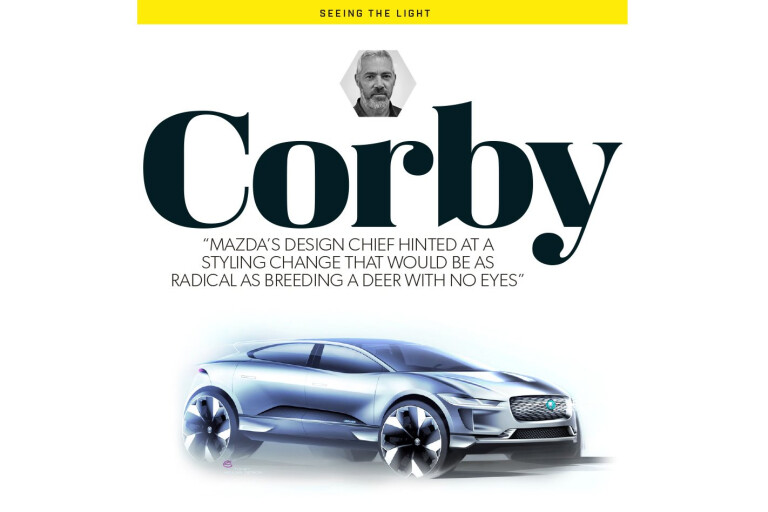
Human beings love the idea of change, although the suggestion that it is “as good as a holiday” was clearly made by someone who only ever vacationed in Melbourne in winter. People love to espouse a desire to change the world, or their own lives, but secretly, most of us actually seem terrified of it.
As folks age, they laud the “good old days”, before changes like the internet and iPhones and children being allowed to speak without being spoken to. And we’re always hearing that the public reject the political parlour games in Canberra, yet for decades we’ve been voting in the same narcissistic nerds to run the country. Plus ça change, as our French friends say.
Car-company executives, clever coves that they are, realise that humans love the idea of change, but are hesitant to embrace the reality, which is why every new Porsche 911 looks so much like the old one.And why car companies produce concept cars that look like low-slung space ships or slick, seamless metallic art objects, promise that their next-gen vehicles will actually look that good and then finally unveil … another car.
Jag designer Ian Callum ranted to me a few years ago that other car companies were being lazy and unimaginative by not seizing the biggest opportunity to revolutionise the look and scale of motor vehicles in a century – replacing a big engine in the nose with batteries under the floor – and claimed that his I-Pace would be mind-boggling and forward-looking.
But then someone from marketing obviously took him into a back room and hit him with a thick wad of customer research, because the I-Pace you can actually buy, while certainly shaking up the SUV segment with its low, wide and long proportions, doesn’t quite reinvent the form as wildly as I reckon he was hoping it would.
I sometimes wonder whether the designers actually drink from the hyperbole they spout at the unveiling of their new creations. With typical straight-faced Japanese inscrutability, the chief designer of the new Mazda 3 asked a huge crowd of journalists in LA recently if they had ever seen a rear end of a car that looked anything like his new hatch, and was greeted by dumbfounded silence. “This is a unique form; you can’t find it in any other car,” he insisted.
Only you can, and I don’t think he should be embarrassed about making the 3 hatch look like an Alfa Romeo Brera with Ferrari Lusso tail lights.
His boss, Ikuo Maeda, Mazda’s design chief, did, however, hint at a potential change to the look of cars that would be as radical as breeding a dog with two legs, or a deer with no eyes.
Asked whether it was a challenge to get the headlights on the new 3 so small, he chuckled, and explained that “lighting technology is really advancing day by day; I presume in the future we’ll be able to have no headlights at all and still have that functionality.”
What he means is that laser headlights could be so small, and yet powerful, that they could be integrated into the front bumper in an almost imperceptible fashion, effectively changing what we think of as the ‘face’ of any car, by poking its eyes out.
This, truly, would be radical, but while it would be possible, it quickly became clear that Maeda was slightly afraid of doing it.
“Mazda’s way of doing things is about breathing life into the machine, so customers can feel that closeness to their car, and you need that eye feature to give you that feeling,” he demurred.
You could argue that Citroen has already taken a scalpel to its face by making the front end of its C4 Picasso look like Iron Man’s helmet, but as small as those lights are, they still undeniably form eyes.
While humans evolve to be ever so slightly more marshmallowy versions of the same-size animal, you could argue that there’s no real reason to reinvent, but you only need to Google the term ‘concept car’ to know that radical, cool-looking ideas that would work are out there.
The problem, sadly, is not our ability to change the look of cars entirely, it’s the fact that change tends to frighten humans – with the exception of Saab buyers, of course. And there aren’t many of them left.

COMMENTS